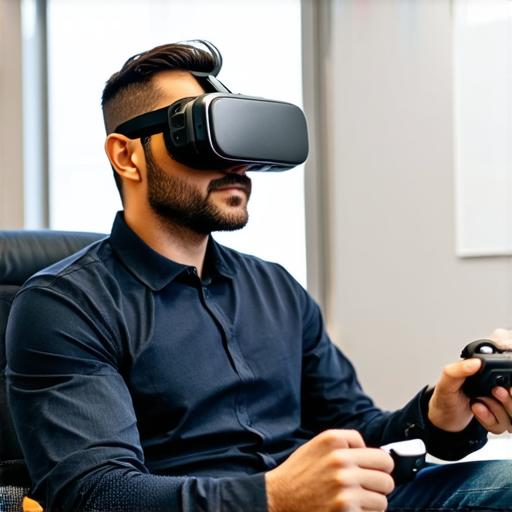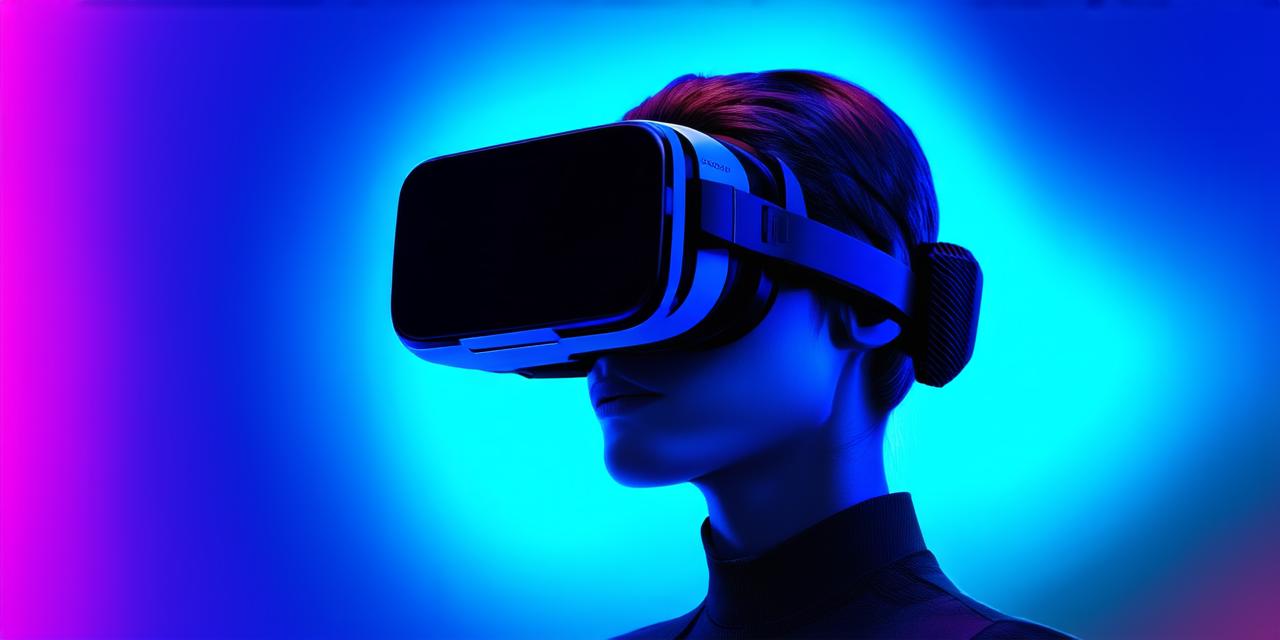Introduction
Virtual reality (VR) technology has been rapidly advancing over the past decade, and its application in psychological interventions is no exception. VR provides an immersive and interactive environment that can be used to simulate real-life situations and treat various mental health conditions.
The Evolution of Virtual Reality in Psychological Interventions
Virtual reality technology has been around for decades, but its use in psychological interventions is relatively new. In the early days, VR was primarily used for research purposes, such as studying the effects of exposure therapy on phobias and post-traumatic stress disorder (PTSD). However, with advancements in technology and increased awareness of the potential benefits of VR in mental health treatment, its use has expanded to include a wide range of applications.
The Role of Virtual Reality in Mental Health Treatment
Virtual reality has several key roles in mental health treatment, including:
- Exposure Therapy: As mentioned earlier, VR can be used to simulate real-life situations that trigger anxiety or phobias, allowing patients to gradually expose themselves to these stimuli in a safe and controlled environment. This therapy has been shown to be effective in treating a variety of anxiety disorders, including social anxiety disorder, specific phobia, and generalized anxiety disorder.
- Cognitive-Behavioral Therapy: VR can also be used to simulate real-life situations and help patients identify and modify negative thought patterns and behaviors that contribute to their mental health conditions. This therapy has been shown to be effective in treating depression, anxiety disorders, and PTSD.
- Pain Management: Virtual reality can be used to distract patients from pain during medical procedures or to help them cope with chronic pain. Studies have shown that VR can significantly reduce pain levels and improve patient comfort during medical procedures.
- Addiction Treatment: VR can be used to simulate real-life situations that trigger addictive behaviors, allowing patients to practice new coping strategies in a safe and controlled environment. This therapy has been shown to be effective in treating addiction to drugs, alcohol, and gambling.
Real-Life Examples of Virtual Reality in Psychological Interventions
Virtual reality technology is being used in a wide range of psychological interventions, including:
- Treating PTSD: A study published in the Journal of Traumatic Stress found that exposure therapy using VR was as effective as traditional exposure therapy in reducing symptoms of PTSD in veterans who had experienced combat-related trauma.
- Treating Social Anxiety Disorder: A meta-analysis of 15 studies found that exposure therapy using VR was as effective as traditional exposure therapy in reducing symptoms of social anxiety disorder.
- Treating Depression: A study published in the Journal of Medical Internet Research found that virtual reality exposure therapy was as effective as cognitive-behavioral therapy in reducing symptoms of depression in patients with chronic low back pain.
- Treating Addiction: A study published in the Journal of Consulting and Clinical Psychology found that virtual reality exposure therapy was as effective as traditional exposure therapy in reducing symptoms of addiction to drugs, alcohol, and gambling.
FAQs
Q: What is virtual reality?
Virtual reality (VR) is a computer-generated simulation that allows users to experience a three-dimensional environment as if they were physically present in the real world.
Q: How does virtual reality work?
Virtual reality technology typically involves a headset that tracks movement and provides a 360-degree view of a simulated environment, along with sensors that track hand and body movements to create an interactive experience.
Q: What are the benefits of virtual reality in psychological interventions?
Virtual reality offers several advantages over traditional therapies, including immersive and interactive environments, repeated exposure to triggering stimuli, and the ability to tailor the therapy to meet the specific needs of each patient.
Conclusion

Virtual reality technology has made significant strides in the field of psychological interventions, offering a range of evidence-based therapies that have been shown to be effective in treating a variety of mental health conditions. With its immersive and interactive environments, virtual reality provides a unique opportunity for patients to practice new coping strategies and overcome their fears and challenges in a safe and controlled environment. As technology continues to advance, we can expect to see even more innovative uses of virtual reality in mental health treatment.




